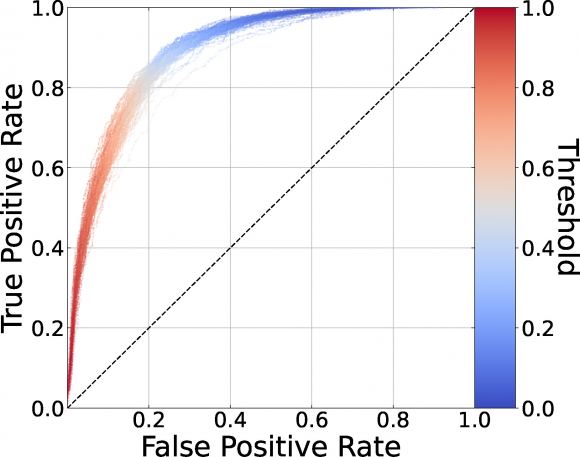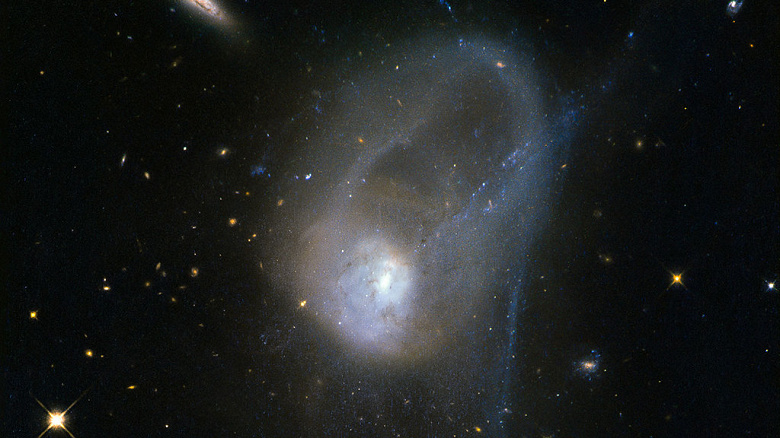Astronomers used machine learning algorithms to confirm theories about black hole connections and galaxy mergers
The Universe is filled with supermassive black holes, and our galaxy is no exception. However, there are still many questions related to how they become so huge and what processes underlie their evolution.
One of the difficulties that astronomers face is identifying black holes in observational data. These objects are usually found in merging galaxies, so it is necessary to accurately identify early galaxies for further study. Previously, this was done manually, but with advances in machine learning, new possibilities have emerged. A new study finds that using machine learning techniques can help automatically identify black holes.
With the capabilities of current and future sky surveys, the challenge for astronomy is less about collecting the right data and more about filtering the right data from a vast array of observations. It takes a great deal of visual experience to distinguish a merging galaxy from an irregular galaxy, or two different galaxies that happen to share the same patch of sky. People are capable of doing this well, but the needs far outweigh the number of qualified people. One way to overcome this problem – invite volunteers to fill this gap. Overall, their identification will not be as accurate as that of professionals, but will still provide astronomers with useful information.
The new study takes a different approach. A team of astronomers conducted a study that used machine learning techniques to train algorithms to recognize and identify black holes in galaxy merger data. The complexity of this method is that the most experienced expert sometimes makes mistakes, and algorithms trained on this expert’s markup will have the same «biases».
Therefore, the team worked in collaboration with the project «Big Data Applications for Black Hole Evolution Research» (BiD4BEST), which provides a training network for black hole evolution data. Together with experienced experts, they identified evidence of black hole mergers in both simulated data and data from the Sloan Digital Sky Survey. (SDSS). By comparing these two metrics, the team was able to eliminate biases in the machine learning algorithm's data. This has proven to be an effective approach. The results showed that the accuracy of the algorithm is more than 80%, which is comparable to the work of the most experienced experts.

The team then used software based on these algorithms to identify more than 8,000 active black holes. As a result, an interesting relationship was discovered between the growth of black holes and the characteristics of their host galaxies. It turned out that galaxy mergers do not determine the growth of supermassive black holes, and the key role is played by the amount of nearby cold gas in the galaxy. Experts have determined that only mergers of galaxies containing gas and dust contribute to the rapid growth of black holes. Thus, the conditions that lead to the formation of stars also promote the formation and growth of black holes.
In the context of the rapid growth in the volume of astronomical data collected, software is becoming an integral tool that can complement the work of experienced observers. Thanks to this research, new horizons are opening up in the study of black holes and their role in the evolution of the Universe.

